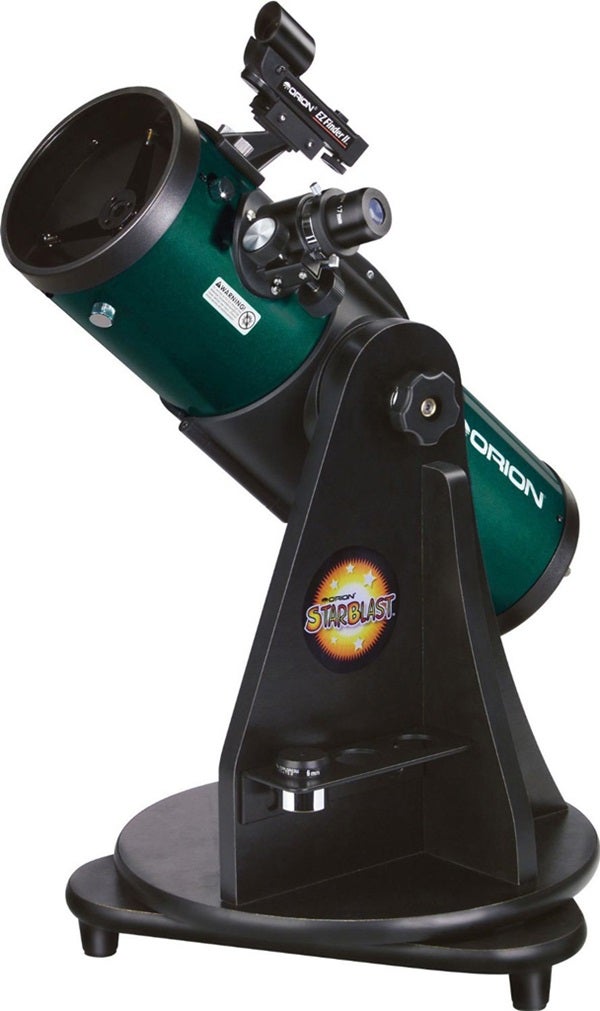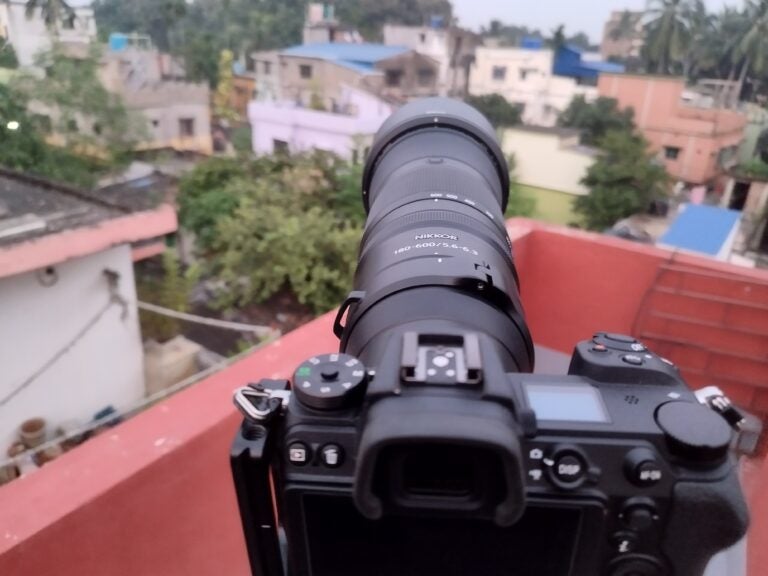It all began in 2008 with a $200 donation from a library for which the New Hampshire Astronomical Society (NHAS) had conducted a public observing session. Since the club is a nonprofit, member Marc Stowbridge used the money to buy a loanable telescope for neighborhood libraries. He chose the library over the local schools because the former is in the business of lending out material and is open all year.
After gaining approval from the NHAS Board of Directors, Stowbridge went to work deciding on an appropriate scope. It had to be inexpensive, capable, portable, user-friendly, and sturdy. He ultimately selected the StarBlast 4.5 Equatorial Reflector Telescope, a 4.5-inch reflector from Orion Telescopes and Binoculars.
To avoid tampering, intentional or otherwise, Stowbridge modified the scope’s mirror cell so it couldn’t be moved. And because users might lose eyepieces, he installed a zoom eyepiece secured with set screws. As he notes, “The NHAS looked at everything people fiddle with and unfiddled them.”
To supplement the telescope, NHAS members reworked the instruction guide into a spiral-bound booklet of laminated index cards and placed it in a zippered pouch that included a red flashlight (later replaced with a headlamp), Orion’s LensPen Mini Pro (to clean the optics), and a copy of the Audubon Society’s Pocket Guide to Constellations of the Northern Skies.
Even under ideal conditions, however, a telescope will need some care. Wherever possible, Stowbridge assigned a volunteer caretaker to each StarBlast, usually from the NHAS ranks. This “foster parent” provides routine maintenance and serves as a local astronomy resource to the library.
At NEAF 2011, Stowbridge reconnected with Weatherwax. The next month, Weatherwax notified Stowbridge that the NHAS would receive the proceeds from the Southern California Astronomy Exposition raffle. That event netted the club $8,000 and led to acquiring 25 StarBlast scopes and the extra gear required for the modifications.
In 2012, the NHAS gained an extra $2,500 as the recipient of Astronomy’s Out-of-this-World award, which honored the best outreach programs. Thanks to such donations, contributions from NHAS members, and library purchases, the NHAS LTP grew exponentially. Stowbridge estimates that, as of the end of 2015, telescopes are accessible in more than 100 libraries across New Hampshire.
For a firsthand look at an LTP package, I visited the Wadleigh Memorial Library in Milford. I found the StarBlast prominently displayed on a windowsill. Despite the high usage, the scope worked smoothly. Not only were the zoom eyepiece and mirror cell fixed, club members had secured all lens caps to the telescope body with mitten strings. All in all, the LTP package is one I wish had been available at my library when I was starting out in astronomy.
The NHAS LTP has become the blueprint for similar programs around the country, including those maintained by the Kalamazoo Astronomical Society in Michigan, the St. Louis Astronomical Society, the NorthWest Florida Astronomy Association, and the Aldrich Astronomical Society near Worcester, Massachusetts. The LTP also has support from the Cornerstones of Science (www.cornerstonesofscience.org).
If you’d like to establish an LTP, refer to the NHAS website (nhastro.com/ltp.php), where you’ll find how-to videos, directions for modifying the StarBlast, and a copy of the restructured user’s manual.
Questions, comments, or suggestions? Email me at gchaple@hotmail.com. Next month, we play the Harp. Clear skies!











